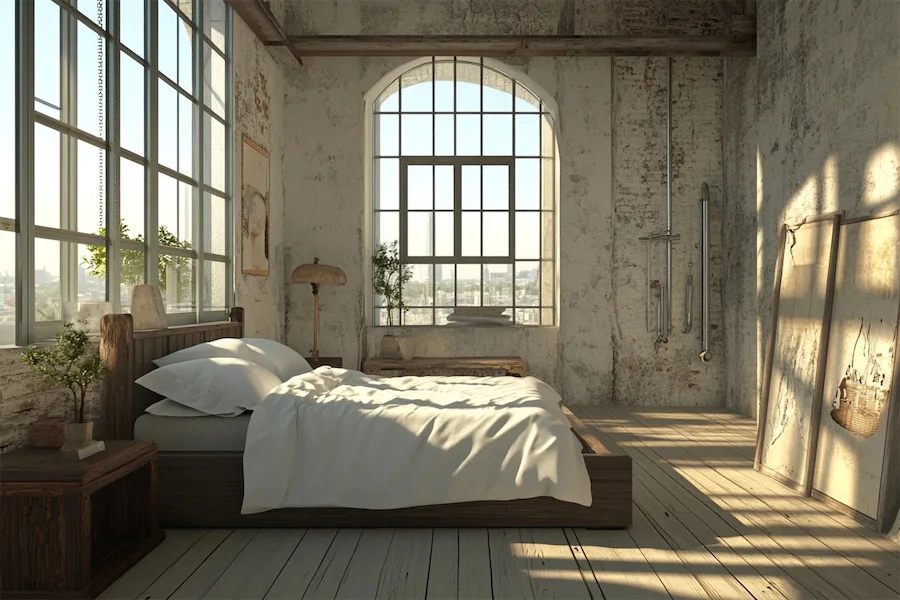A cool-tone bedroom design incorporates hues like blues, greens, and grays to create a serene and calming atmosphere, ideal for relaxation and restful sleep.
Introduction to Cool-Tone Bedrooms
Cool-tone bedrooms utilize a palette dominated by blues, greens, and neutral grays. These colors are known for their calming effects, making them popular choices for creating tranquil and restful sleeping environments.
History and Origins of Cool-Tone Bedrooms
The use of cool tones in interior design has been prevalent for centuries, often associated with tranquility and sophistication. In various cultures, blue and green hues have symbolized peace and harmony, influencing their incorporation into personal spaces like bedrooms to promote relaxation.
Key Features of Cool-Tone Bedrooms
- Color Palette: Incorporate shades of blue, green, and gray to establish a calming ambiance. Lighter tones can make the space feel airy, while deeper shades add coziness.
- Natural Materials: Use materials like wood and stone to add texture and warmth, preventing the room from feeling too cold. For instance, a wooden headboard or stone accent wall can introduce natural elements that complement cool tones.
- Minimalist Decor: Opt for simple and functional furniture to maintain a clean and uncluttered look, enhancing the room’s serene atmosphere. This approach allows the cool color palette to stand out without overwhelming the senses.
- Soft Textiles: Incorporate plush bedding, throw blankets, and area rugs in complementary cool shades to add comfort and cohesion to the design. These textiles can introduce subtle patterns or textures that enhance the room’s visual interest.
- Ambient Lighting: Utilize soft, diffused lighting to create a relaxing environment. Consider using bedside lamps with cool-toned lampshades or installing dimmable overhead lights to adjust the room’s mood as needed.
Applications of Cool-Tone Bedroom Design
- Master Bedrooms: Transform the primary bedroom into a peaceful retreat by incorporating cool tones that promote relaxation and restful sleep. A palette of soft blues and grays can create a spa-like atmosphere conducive to unwinding after a long day.
- Guest Rooms: Create an inviting and tranquil space for guests by utilizing cool color schemes that make the room feel welcoming and serene. This approach ensures visitors have a comfortable environment during their stay.
- Small Bedrooms: Employ lighter cool tones to make compact spaces appear larger and more open, enhancing the room’s overall comfort. Pale blues or mint greens can reflect natural light, giving the illusion of a more expansive area.
Considerations When Designing a Cool-Tone Bedroom
- Balance: While cool tones are calming, it’s essential to balance them with warmer accents to prevent the space from feeling too cold or sterile. Introducing elements like warm wood furniture or soft beige textiles can add warmth and depth to the room.
- Texture Variety: Incorporate various textures through textiles and materials to add depth and interest, preventing the room from appearing flat. For example, combining a velvet throw with linen bedding can create a rich tactile experience.
- Personal Touches: Add decor that reflects your personality, such as artwork or decorative items, to make the space uniquely yours while maintaining the cool-tone theme. Personal mementos in complementary colors can enhance the room’s individuality without disrupting the cohesive color scheme.
Conclusion
Designing a cool-tone bedroom involves thoughtful selection of colors, materials, and decor to create a space that exudes tranquility and comfort. By focusing on a cohesive cool color palette, incorporating natural materials, and balancing textures, you can craft a bedroom that serves as a peaceful retreat from daily life.
